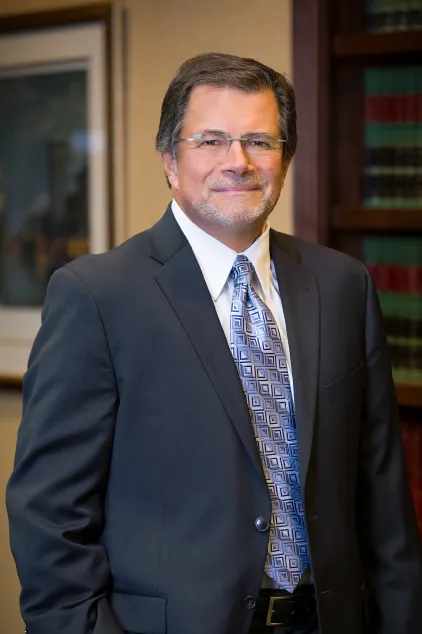M-F 8:30 am to 5 pm

In a world where speed and convenience distract us, it’s easy to overlook the simplest acts that can save our lives. Whether you're behind the wheel, on two wheels, or even just a passenger, taking responsibility for your own safety is not just smart—it’s essential. At Lardiere McNair and Stonebrook we believe that wearing seatbelts, helmets, and embracing personal accountability for safety in all forms of transportation should be a priority for every family member. We are constantly reminded that our children pick up on our habits – the good ones and the bad ones.
Seatbelts: The Lifeline in Every Vehicle
Seatbelts are the most effective way to prevent injury or death in a crash. According to the CDC, they reduce serious crash-related injuries and deaths by about 50%. It has been reported that in 2021 alone, over 50 % of people aged 13 to 54 who died in motor vehicle crashes in the U.S. were not wearing seatbelts. The National Highway Traffic Safety Administration (NHTSA) echoes this, noting that seatbelts saved nearly 15,000 lives in 2017 and could have saved 2,549 more if everyone had buckled up.
Wearing a seatbelt is not just about obeying the law—it’s about respecting your life and the lives of those around you. Airbags are not a substitute; in fact, without a seatbelt, airbags can cause more harm than good.
Helmets: Your Brain’s Best Friend
Whether you're cycling, motorcycling, or working in hazardous environments, helmets are your first line of defense against traumatic brain injuries. Studies show that helmets reduce the risk of serious head injuries by 60% and traumatic brain injuries by 53%. In construction and industrial settings, helmets protect against falling objects and electrical hazards.
It does not take an expert or scientific study for us to know that helmet use can mean the difference between a minor injury and a life-altering disability—or worse. And let’s not forget visibility: some helmets come with reflective materials that make you more noticeable to others on the road.
Taking Control: The Power of Personal Responsibility
Safety isn’t just about gear—it’s about mindset. The Short Line Safety Institute defines a strong safety culture as one where individuals feel personally responsible for their own safety and that of others. This means:
Transportation safety is a shared responsibility, but it starts with each one of us. As the HSE Blog puts it, “Ensuring safety in transportation requires a combination of personal responsibility, regulatory compliance, and a proactive approach to risk management.”
Final Thoughts: A Culture of Care
Every time you fasten a seatbelt or strap on a helmet, you’re making a statement: My life matters. So does yours. These small actions ripple outward, creating a culture where safety is second nature and responsibility is shared.
So, the next time you hop in a car, mount a bike, or head to work—pause. Buckle up. Strap in. Be a role model for safe practices. And remember: safety isn’t just a rule—it’s a habit worth keeping.
Sources:
Thomas W. Trimble is Of-Counsel at Lardiere McNair & Stonebrook, Ltd., LPA.
Disclaimers: Artificial intelligence is used as a tool to supplement, enhance, make suggestions, and generate blog language from the thoughts, ideas, and opinions of our human lawyers. The final product is reviewed and edited by an attorney.
The information presented here has been prepared by Lardiere McNair and Stonebrook for promotional and informational purposes only and should not be considered legal advice. This information is not intended to provide, and receipt of it does not constitute legal advice. Nor does the receipt of this material create an attorney/client relationship. An attorney client relationship is not established until such time as Lardiere McNair and Stonebrook enter into a written engagement agreement with a specific client for a specific legal matter.
Tom W. Trimble Esq. is Of Counsel at Lardiere McNair & Stonebrook, Ltd., LPA and has represented injured Ohioans since 1983.
| The information presented here has been prepared by Lardiere McNair for promotional and informational purposes only and should not be considered legal advice. This information is not intended to provide, and receipt of it does not constitute, legal advice. Nor does the receipt of this material create an attorney/client relationship. An attorney client relationship is not established until such time as Lardiere McNair enters in to a written engagement agreement with a specific client for a specific legal matter. |
| Copyright © 2025 Lardiere McNair & Stonebrook, Ltd., LPA, All rights reserved. You are receiving this email because you signed up to receive our legal updates. Disclaimers: Artificial intelligence is used as a tool to supplement, enhance, make suggestions, and generate blog language from the thoughts, ideas, and opinions of our human lawyers. The final product is reviewed and edited by an attorney. |
"*" indicates required fields
